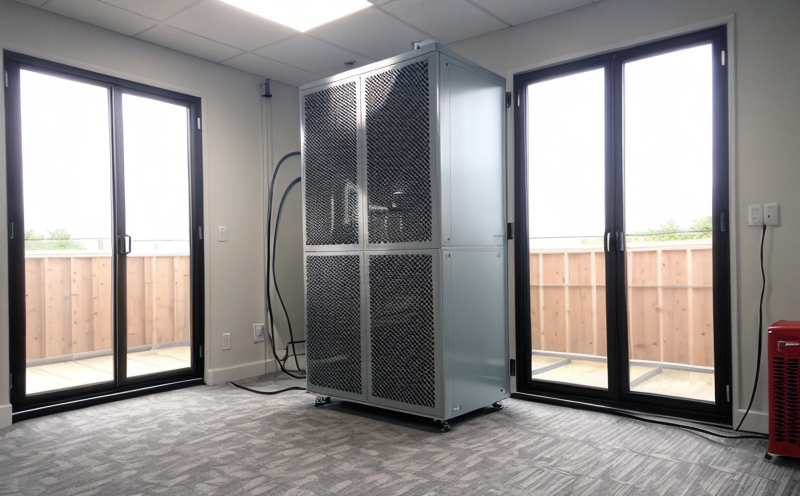ISO 14644-10 Particle Flow and Air Exchange Testing
The ISO 14644 series of standards provides a framework for the classification and testing of cleanroom environments. The standard is widely used in industries where maintaining air quality to strict particle limits is critical, such as pharmaceuticals, electronics manufacturing, and semiconductor processing.
ISO 14644-10 specifically addresses Particle Flow and Air Exchange Testing, which are essential for ensuring that cleanroom environments meet the required standards. This service ensures that the air quality in your facility adheres to the specified particle counts and airflow rates as defined by the standard.
During this testing process, particles within a given volume of air are measured using laser diffraction technology or impactors. The results provide comprehensive data on the cleanliness level of the sampled environment, thereby confirming compliance with ISO 14644-10.
This service is particularly important for facilities that operate cleanrooms to maintain product quality and worker safety. Cleanroom environments are used in various sectors including pharmaceuticals, electronics manufacturing, medical device production, and aerospace. In these industries, even minute particles can affect the quality of products or pose health risks to personnel.
The testing process involves several key steps:
- Preparation: Ensuring that the cleanroom is in a stable state before sampling begins.
- This includes maintaining temperature and humidity levels within specified ranges, ensuring equipment is properly set up, and verifying that all doors and windows are closed to minimize contamination.
- The sample collection process must be carried out in a manner that minimizes the introduction of external particles into the tested environment. This is crucial for obtaining accurate results.
- These devices can detect and count particles down to submicron sizes, providing detailed information about the cleanliness of the air in the tested environment.
The results of this testing are used to determine whether the cleanroom environment meets the specified cleanliness levels. Compliance with these standards is essential for maintaining product quality, ensuring worker safety, and meeting regulatory requirements in industries where high-purity environments are necessary.
Benefits
- Compliance Assurance: Ensures that your cleanroom environments meet ISO 14644-10 standards, thereby complying with industry regulations.
- Improved Product Quality: By maintaining clean air environments, this testing helps prevent contamination of products, ensuring consistent quality and reducing the risk of defects or recalls.
- Worker Safety: Ensures that workers in cleanrooms are not exposed to harmful contaminants, enhancing overall safety within your facility.
Industry Applications
| Industry | Criticality of Cleanroom Environment | Purpose of Testing |
|---|---|---|
| Pharmaceuticals | Highly Critical | To prevent contamination that could lead to product defects or recalls. |
| Electronics Manufacturing | Critical | To ensure the precision and reliability of electronic components. |
| Medical Device Production | Highly Critical | To prevent contamination that could lead to product defects or recalls. |
Competitive Advantage and Market Impact
By ensuring compliance with ISO 14644-10 standards, this testing provides a competitive edge by demonstrating your commitment to maintaining high-quality product environments. It also helps in meeting regulatory requirements, which can reduce the risk of legal issues and improve your reputation in the market.
The results of this testing are often shared with clients, partners, and regulators, showcasing your facility's adherence to international standards. This can significantly enhance your credibility and trustworthiness within the industry.





